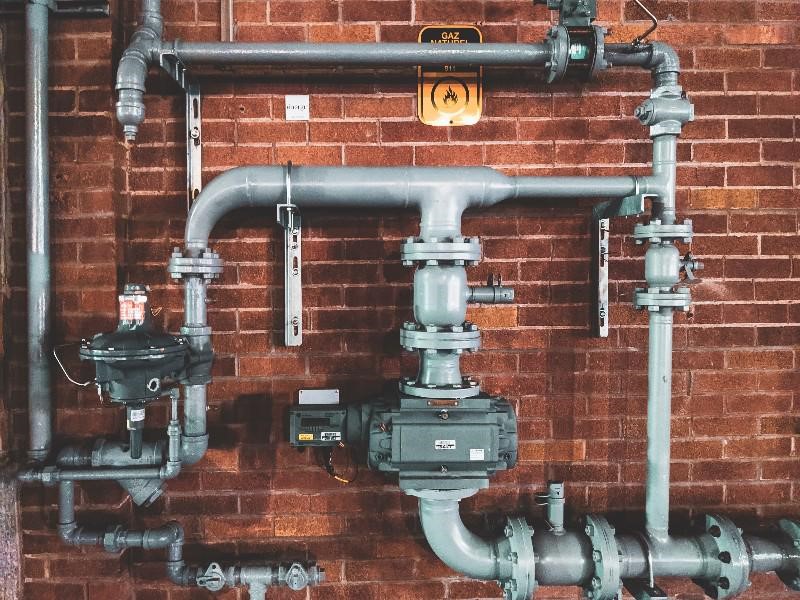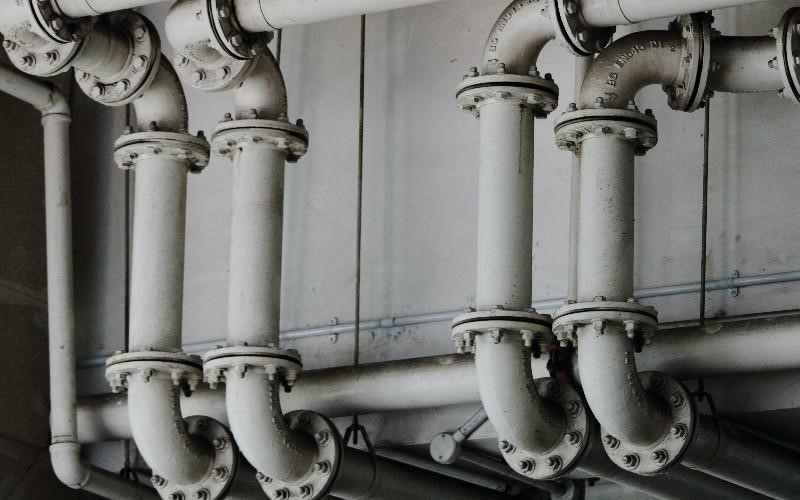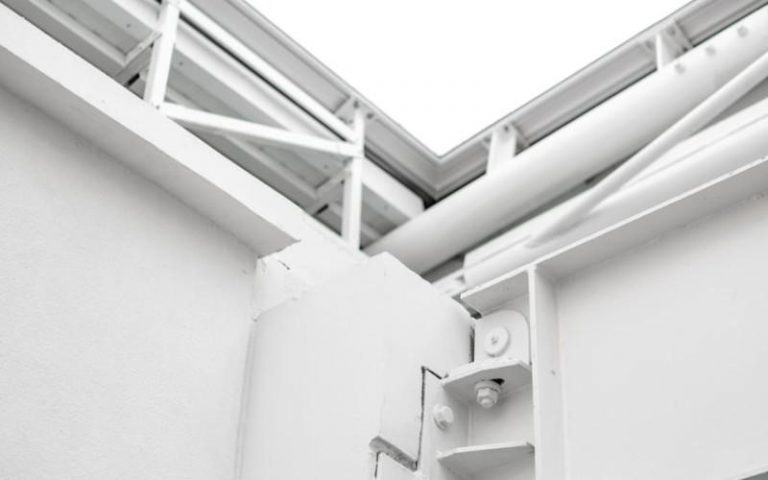Living in an apartment is considered cheaper than living in a traditional home. Regardless, some challenges are common to both settings, the most common being plumbing problems. No matter how hard you try to ascertain the apartment’s compliance with industry standards, there is bound to be one or two apartment plumbing problems. Here are typical examples of apartment plumbing problems and how to fix them.
How Plumbing Works in An Apartment Building
Generally, a plumbing system uses two separate subsystems comprising pipes. One system pulls fresh water inside, while the other pushes wastewater out.
The freshwater system moves water wherever needed using pressure. On the other hand, the wastewater system requires no pressure since the unwanted water moves down and out of your building.
The wastewater system features vents that let air in, meaning water flows out easily. Moreover, it has traps that seal the drainage system, ensuring there is no wastewater backup.
The entire system has shutoff valves that allow plumbers to turn off the water flow to fix water damages. Additionally, plumbing systems use meters to measure water usage.
To get hot water from your faucets, cold water runs via your heater to raise its temperatures. However, to get cold water, turn on the faucets, and it comes automatically.


This process slightly varies for an apartment plumbing system. An apartment is categorized as either multiple dwellings or multi-story dwellings.
Multiple Dwelling Apartment Plumbing System
The system works just like in standard housing, except the pipes branch out more to supply water to each apartment unit. As water comes is pumped in from the municipal supply, a system of pipes, valves, and faucets ensure the water gets to its intended destination.
Cold and hot water lines supply water at the bathroom or kitchen faucets. Some apartments provide water hookups for your appliances, such as dishwashers.
The drain-waste-vent system carries out the unwanted water from each apartment building unit. However, most of these apartment plumbing fixtures are fitted in walls, meaning homeowners pay attention to them only when there is a problem.
Multi-Story Dwelling Apartment Plumbing System
A multi-story building refers to structures that are too tall to use pressure from the municipal water supply to reach all units. As such, they often require systems that reach every single unit.
Some tall apartment buildings use gravity-based roof tanks. The tanks pump water from ground or basement water sources and into the roof tanks. From here, gravity helps water flow to individual units.
Alternatively, for buildings using the normal municipal water supply, a series of booster pumps adds pressure to the moving water to its destination. Additionally, some tall apartments use hydro-pneumatic storage tanks. Water moves from the storage tanks or municipal supply into the pressure , where air pressure pushes water to where it is needed.
An apartment drainage system can be categorized as;
- Vertical stacks. The stacks move from the apartment’s basement or ground floor to the roof
- Branch lines. They connect vertical stacks to each unit and transport wastewater to the proper vertical stack
- Horizontal underground lines. The waste then moves from the branch lines to the horizontal underground lines. These lines run beneath the apartment’s building. They use gravity to transport wastewater to the local waste system.
Additionally, an apartment drainage pipe system can have one or two-pipe designs. For the two-pipe design, solid and liquid waste moves via separate systems.


1. Clogged Toilets
A clogged toilet is one of the major plumbing problems. It is often caused by the accumulation of paper or other materials blocking the drain pipes. Clogged toilets can cause toilet backups, which causes a mess. To fix clogged toilets, use a plunger to help unclog the drain pipe. Alternatively, you can run a drain auger to help break the clog physically. Once you are done, flush the toilet severally to ensure the clog is gone.
2. Clogged Drains
A clogged drain in the bathroom or sink results from materials stuck in your drain pipes. Grease residue buildups also clog drains. Use a commercial drain cleaner to try unclogging the drain pipes. You can also try plunging the drain pipes using plungers made for sinks and not toilets.
3. Frozen Plumbing Pipes
Apartment plumbing pipes tend to freeze, especially in winter weather. It could potentially lead to pipes bursting open or cracking. Try thawing the frozen pipes to avoid additional damage. When thawing, apply warm water to the pipes’ exterior or use hot hair from a blow-dryer. Avoid applying flames directly to the pipes.
4. Leaking Fixtures
These are often caused by damage to walls, floors, cabinets, and furnishings. Identify the source of the leak and turn off the water supply. Replace the worn-out internal rubber washer. You can fix leaking faucets by applying thread tape and tightening connections.
5. Low Water Pressure
Clogged aerators can cause low water pressure. If your cold and hot water are affected, replacing your aerators helps solve the low water pressure situation.


1. Check for sewer leaks regularly.
Inspect your plumbing for sewage trouble if you notice any unusual odors or unexplained stagnant water. Sewer leaks can cause a severe health hazard and a possible increase in your water bills.
2. Schedule regular apartment plumbing maintenance
Unfortunately, a single plumbing problem does not just affect one apartment unit. A clogged sink on one unit can affect multiple units in the apartment due to the standard intertwining piping. Regular plumbing maintenance helps to avoid such large-scale apartment plumbing problems.
3. Check for dirty water
It is typical in old multi-family apartment units, mainly if the apartment is older and the floor structure features various pipe stacks. Inspect your water quality regularly and call in an expert in case of anything unusual.
4. Install drain screens
Installing drain screens helps to prevent unwanted debris from ending up in your unit’s plumbing system.
Summary
Apartment plumbing systems can be more complex depending on how tall the structure is. They are also susceptible to the everyday plumbing problems faced by single-unit homes. Experts recommend regular maintenance and repairs to keep the systems functional. Most importantly, having quality plumbing pipes and fixture helps to keep the system at its best.
LESSO’s plumbing pipes are some of the best industry-leading plumbing pipes installed in apartment buildings and all types of structures. They are often preferred for their strength and durability, as well as affordability. Consider LESSO’s plumbing pipes the next time you schedule plumbing fixture maintenance and repair.
Recommend Reading


How to Maintain Commercial Plumbing System?
Table of Contents Plumbing problems are an inevitable part of our life, especially for house owners. Wear and tear, fixtures aging, and poor maintenance are


Pipe Guide for Home Plumbing
There are five major home plumbing pipe types which are typically found in residences of any size. These help you to enjoy both hot and








